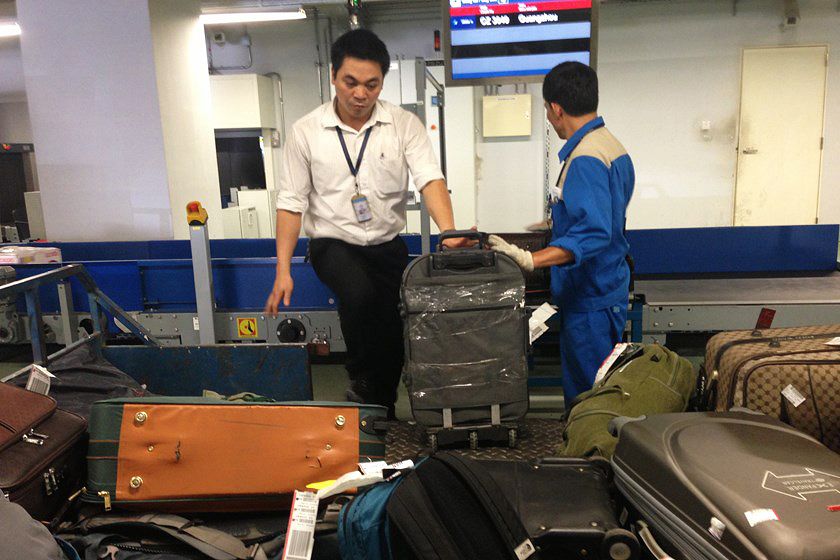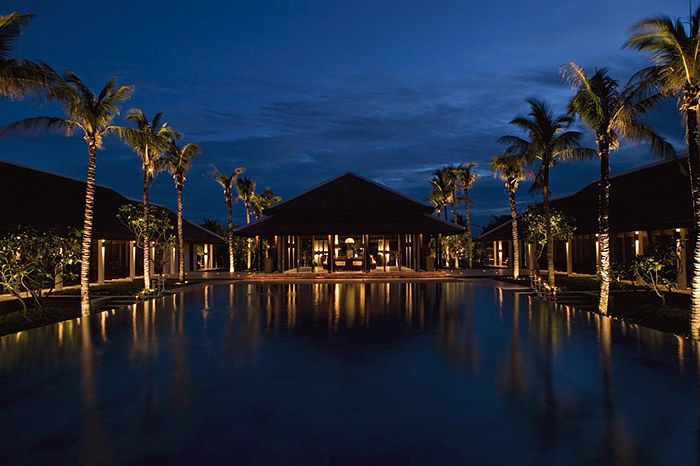As tourism booms, people across the nation are transforming their homes into rentable accommodation, a potentially lucrative but also risky endeavor.
In Saigon alone, the number of homestays rose from 6,200 in 2016 to more than 20,000 by 2018, according to VnExpress. Hanoi saw similar growth, with the number of home-based accommodation surpassing 11,000 last year, reflecting a trend hitting established tourism hot spots like Ninh Binh, Da Lat, Sapa, Phu Quoc, Con Dao and even more overlooked locales including Phu Quy Island in Binh Thuan Province.
Travelers find homestays especially attractive because it can allow them to have a more culturally insightful and personal connection with an area. Eco-conscious jet-setters are also drawn to their potential to have a less harmful effect on local environment. Because of their size, the operations can be developed and run more sustainably. Moreover, the intimate stays have the potential to establish a more nuanced and complete image of Vietnam in the eyes of visitors.
For ethnic minorities and low-income families, the increased demand for homestays represents possible relief from poverty. Tay people in a small hamlet outside of Ha Giang City in the far north of Vietnam, for example, worked in coordination with local tourism authorities in 2007 to begin opening their homes to the many travelers who swarm to the area for the otherworldly views. More than 2,000 people now stay with them annually, which brings in approximately US$650 a year, a major boost to the otherwise agriculture-subsisting citizens. Host families also have the opportunity to improve their English and practice a variety of tangible business management skills.
Success is far from guaranteed, however. High capital investment and fluctuating demand can prove the endeavors a net loss for homeowners. Trinh, an entrepreneur who refashioned her home in Can Gio outside Saigon into a tourist accommodation, explained: "For the first nine months of the year, I take in about VND200 million (US$8,564) a month in revenue. However, from September, the number of bookings decrease significantly to only a few foreign tourists, so revenue drops to VND30 million (US$1,284) when staff wages are VND20 million (US$856) a month."
Beyond fluctuations in seasonal demand, as more accommodations open, competition increases and land costs soar. The arrival of larger companies can even put family operations in peril via unscrupulous price slashing. Additionally it can take 5–6 years for a homestay business to become profitable and by then, the location may no longer appeal to the tourists who are perpetually in pursuit of new and unfamiliar places.
To succeed, homestay operators need proper training in everything from cooking, cleaning to foreign languages, accounting, advertising and data management. Selecting a suitable location is also critical and may require expert guidance. Vietnamese authorities have recognized these demands with Prime Minister Nguyen Xuan Phuc recently acknowledging the potential for sustainable, community-based tourism.
The internet's proliferation, even in remote areas, is not only helping drive the trend by letting people discover and book rooms in ways that would have been impossible only several years ago, but also facilitating improved service.














